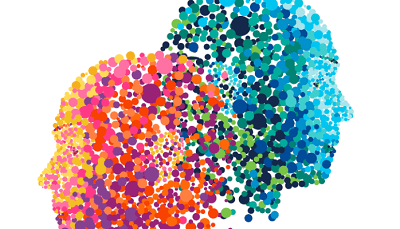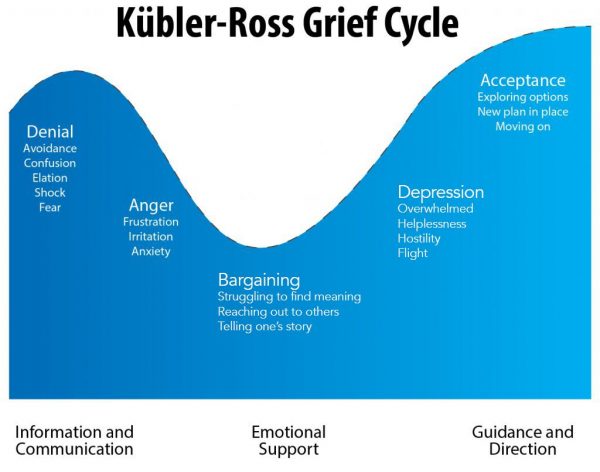We all know mindset one. That’s binary thinking. On – off. Failure success. The one that is constantly on our case for not being enough. The controller inside that tells us when to start and end.
In an addiction, mindset 1 would say once crossed the line doomed to fail. No turning back . What’s the point. Loose even more control when in the failure zone. Just let it all go and deal with the consequences another time. Its binary and not able to operate in shades of grey. Mindset 1 keeps us in a narrow gaze and not open to the life intelligence in and around. In this perspective we don’t see that there can be success in failure and the other way around. It’s simply not so clear cut.
Mindset 2 is a completely different perspective with very different attitudes about what is possible in any given moment. So in an addiction for instance, we would not need to draw the line between success and failure. In this mindset its more about playing the game and that means staying in the body. If we find ourselves doing too much of something, this mindset would enable us to wake up and come back to centre at what ever point in the addictive cycle we found ourselves in. It thrives in the grey because life mostly happens in this zone anyway.
Mindset 2 is founded in kindness and celebrates micro victories. We can build a new character in ourselves based on these little wins. A character that already embodies all the strength, courage and resources to live a life of authenticity and mystery.
Ask yourself, did you ever get anywhere by being hard on yourself ? Does that really work when you think through it?
In my experience all it does is make an enemy out of myself which leads to a whole host of problems I don’t already need.
Kindness on the other hand means we can be how we are for once without the incessant voices in our heads about how I think I ought to be or how I’m not good enough or whatever story is running in one’s head. Kindness lets it be just the way it is and relies on all the creative forces in life to find all the right movements.
It’s like we really don’t need to force ourselves into shape. The shape can emerge organically with our attention rooted in kind awareness. Always coming back to giving a holding space to you first. If we can hold the best and worst in us, then I think quite naturally we move towards health on all levels. Our work is to stay in the game and that means we need to start checking in more. Staying with the experience in the body. Playing close attention to the sensations we feel and especially the ones that we tend to run from.
From this place, rooted in kindness but also firmness, we are resourced in all the ways we need. We give ourselves the best chance to catch the life that is only ours to live.



